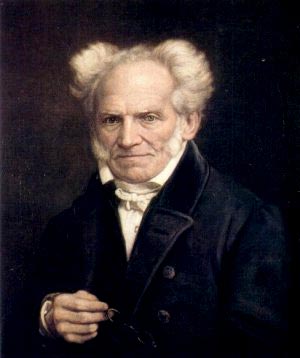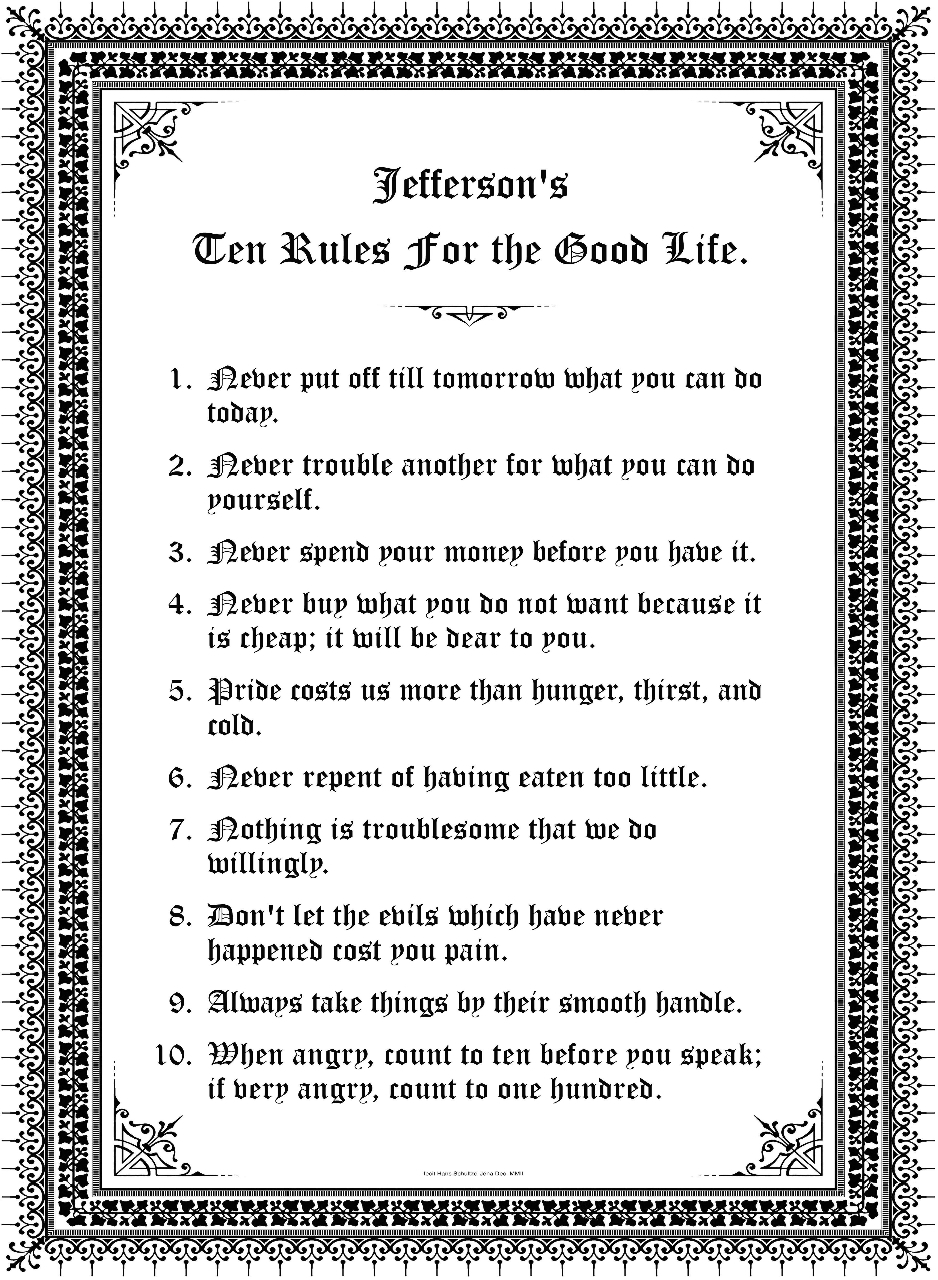The rise of self-help resources in the age of creative work
Self help resources are booming. On social media and podcasts gurus, experts, coaches and insightful commentators give life advice. They dicuss habits, routines, techniques and tactics for success. Self help books were often stigmatized as the work of charlatans promising an easy fix to a problem in our lives. They could range from ‘How to find success’, to ‘How to loose weight’ to ‘How to be a good parent’. Why are self-help materials so prevalent now?
I believe the success of self improvement content in our age can be explained with the shift to creative work. No longer do we measure inputs, but outputs. Hours invested are no longer a good indicator of how productive we are. As Naval Ravikant says in creative work the right piece of code written in one day can easily outperform 100 people working for an entire year. Monotonous batch working won’t get these results, but creative work can. And self improvement publications can help improve our capacity for creative work. Mindfulness, time management, workout plans and other life hacks don’t just improve our leisure time or slightly improve our health. They can impact how effective we are at work and hence have a crucial impact on performance and outputs.
Self-help is not a new genre. Seneca wrote about the shortness of life and how not to waste it over 2000 years ago, Thomas Jefferson’s 10 rules for the good life are as good as any listicle on medium and Arthur Schopenhauer’s “The Wisdom of Life and Counsels and Maxims” has been a stoic companion for many since it was published in the 19th century. Yet these titles are especially popular today. While centuries ago only a few could afford to contemplate the right way to live and study recomendations from other philosophers today this situation effects milions of people. We have more freedom to choose the life path we want to pursue and while we make these choices we seek guidance.
It is interesting that for athletes, who many of us follow and imitate, the rules are sometimes a bit more simple. It’s easier to understand the input required for their preparation and the output it will lead to. But it shouldn’t fool the creative worker. For athletes it’s sometimes as straightforward as training more and longer and harder to be better in what they do. They can have coaches lay out practice plans for them they need to follow and execute. With creative work it’s more difficult to understand exactly what has to be done. Some inputs will result in outsized returns while others will have little effect.
This doesn’t mean some of these books aren’t written by charlatans. Often it’s questionable whether a whole book had to be written for advice that can easily be condensed into one thesis, e.g. “Have lunch with other people since it’s a networking opportunity”. I propose to name this category of publications self-improvement rather than self-help. Self-improvement is what most of us strive for and in the age of creative work it is what bares fruit manifold if it guides us to increased output. Either way all the advice in the world won’t help if you don’t put it into practice.

